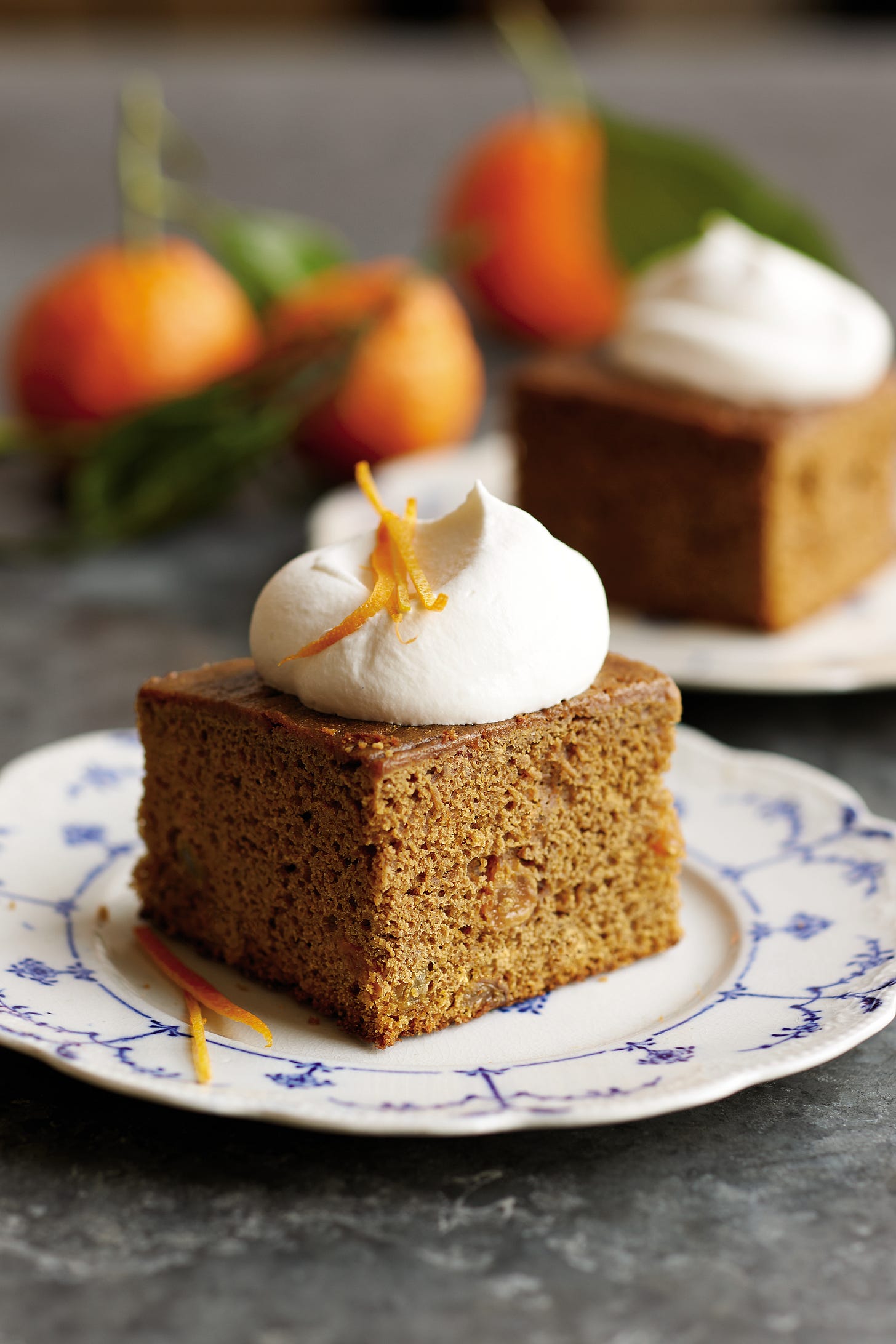Gingerbread: A True American Cake - No. 128
Happy July 4th! This year I’m craving something more substantial than flag cake

OH, DON’T GET ME WRONG, flag cake is festive, and I love to transform a simple sheet cake into an American flag with just white icing and fresh berries. But this Independence Day, I want more.
America is awash with despair and everything seems o…



